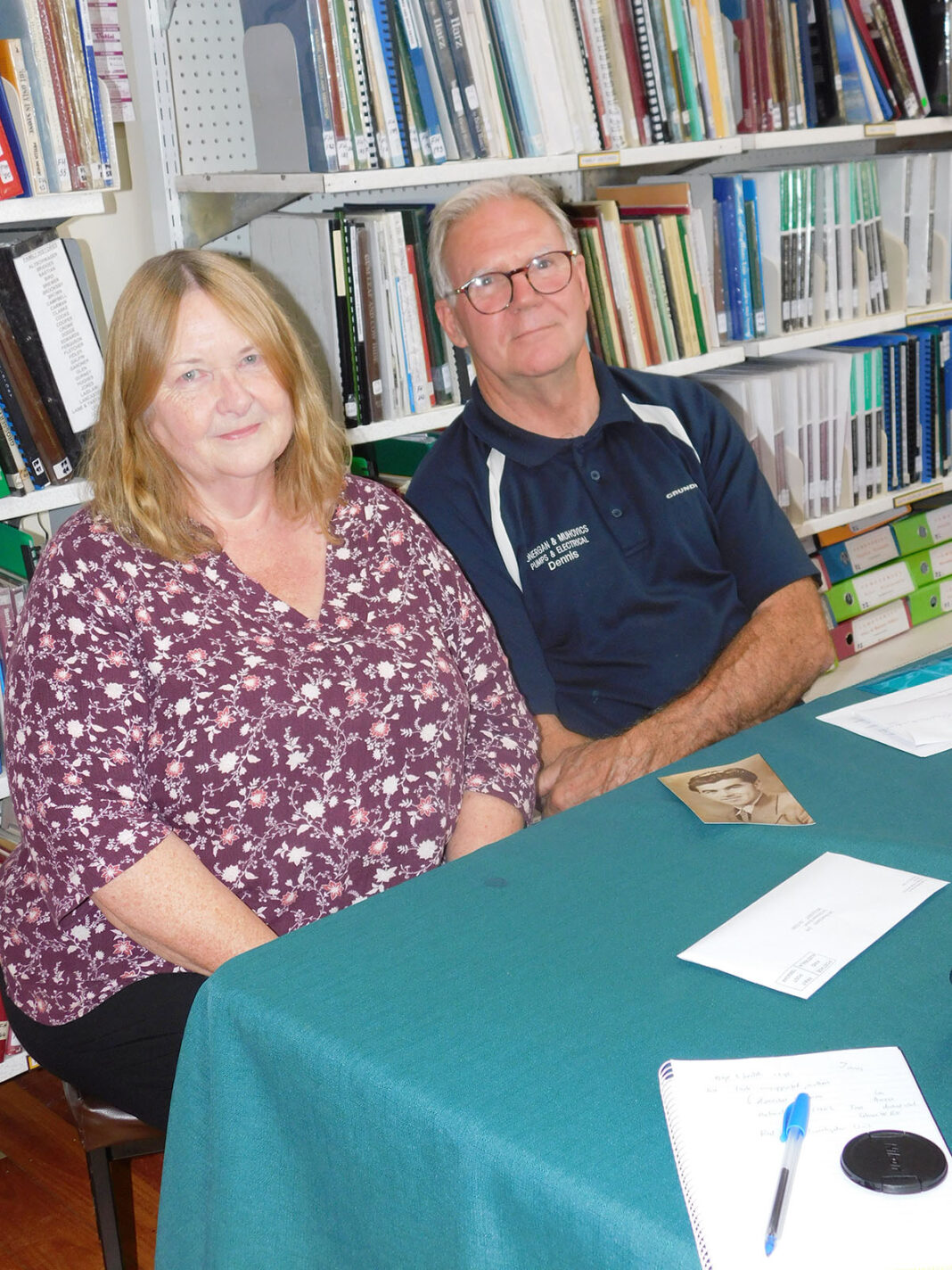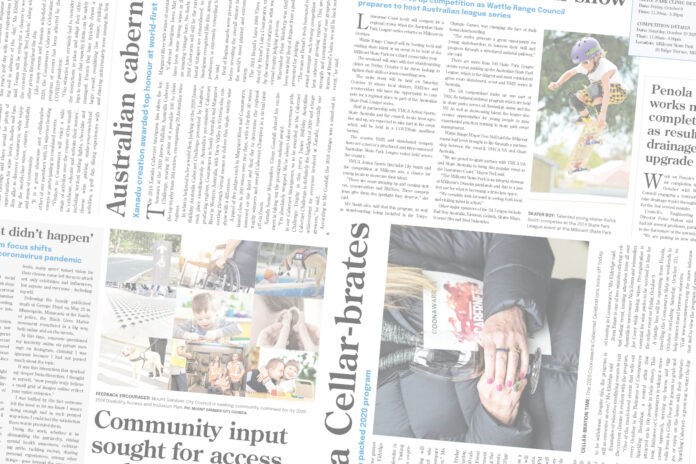Information about a little-known aspect of post-war migrant life in the South East region is being sought by a university researcher.
Commonly known as Displaced Persons, thousands made their way from war-torn Europe to this region in the 1940s and 1950s to work on the railways, forests, mills, roads, drains, farms and factories.
The search for recollections of migrant work camps recently brought historian Dr Karen Agutter to Mount Gambier, Nangwarry and Millicent.
She was assisted by personnel from the Mount Gambier History Group, Nangwarry Forestry Museum and the Millicent-based South East Family History Group.
“We want to hear about this aspect of migrant life and capture the experience,” Dr Agutter said.
“Work camps could have used tents or nurses’ homes or single men’s quarters.
“My fellow researcher is Professor Rachel Ankeny of the University of Adelaide.
“We have a small research grant to make a pilot study of the post-war work camps in the South East.
“Hopefully, this will lead to a much larger grant so we can study the estimated 900 work camps in post-war Australia.
“We chose the South East due to the variety of the work camps and their longevity.
“There were both dissenting and welcoming voices among locals to the presence of the Displaced Persons.
“I found an example of 300 pounds ($600) being raised in Mount Gambier to support a Displaced Person who had lost his legs in an accident.
“This was a large sum in those days and he was able to get treatment in Adelaide.
“Some communities were more likely to welcome British migrants rather than those from Europe.
“However, there was the local branch of the Good Neighbour Council which reached out to the European migrants at Mount Burr and Millicent.”
According to Dr Agutter, the transfer of Displaced Persons from Europe to places like Australia, Canada and the USA was the responsibility of the International Refugee Organisation.
“They had the mandate to look after refugees,” she said.
“Between 1947 and 1953, Australia took in 172,000 Displaced Persons.
“Australia also accepted unaccompanied minors and unsupported mothers and this was not the case in other countries.
“As part of their entry into Australia, Displaced Persons were obliged to work for two years in government or private works.
“The worst part of the scheme was the family separation.
“Some families decided to wait in Europe.”
As well as secondary sources gathered at these three places, Dr Agutter was able to interview people such as Millicent resident Dennis Muhovics.
His late Hungarian-born father John Muhovics was a Displaced Person who arrived in the South East in 1949.
He had been conscripted into the German Army and served on the Russian front.
After the war ended, he spent four years in a work camp in Austria.
His son explained that his father had the option of going to Cananda or Australia.
“Dad sailed out of Naples in Italy in 1949 and he could not speak any English,” Mr Muhovics said.
“He left behind his mother, a sister and a brother.
“On board were a Polish couple, the Cytrowskis, who settled in Millicent.
“After arriving at Outer Harbour at Adelaide, dad spent two weeks at the migrant hostel at Woodside in the Adelaide Hills.
“He was then taken by train to Kalangadoo and then on to a work camp at Nangwarry.
“Dad spent the next two years cutting down pine trees.
“After that he moved to Mount Gambier, married and raised a family.
“He worked at other places such as managing a timber mill.
“He was 61 when he died of cancer.
“I had not shown much interest in the activities of his life and Dad never spoke of his wartime experiences.
“I remember the night in 1963 when he became a naturalised citizen at the Glencoe West RSL Hall with Tantanoola District Council District Clerk Lou Anness in charge of the ceremony.”
Mr Muhovics has some of the paperwork relating to his father and was delighted when Dr Agutter showed him other relevant work history information on-line via the National Archives of Australia website.
Dr Agutter will resume her probe in the South East in May which is History Month across South Australia.
Contact Dr Agutter at karen.agutter@adelaide.edu.au for more information about the lives of displaces persons.




